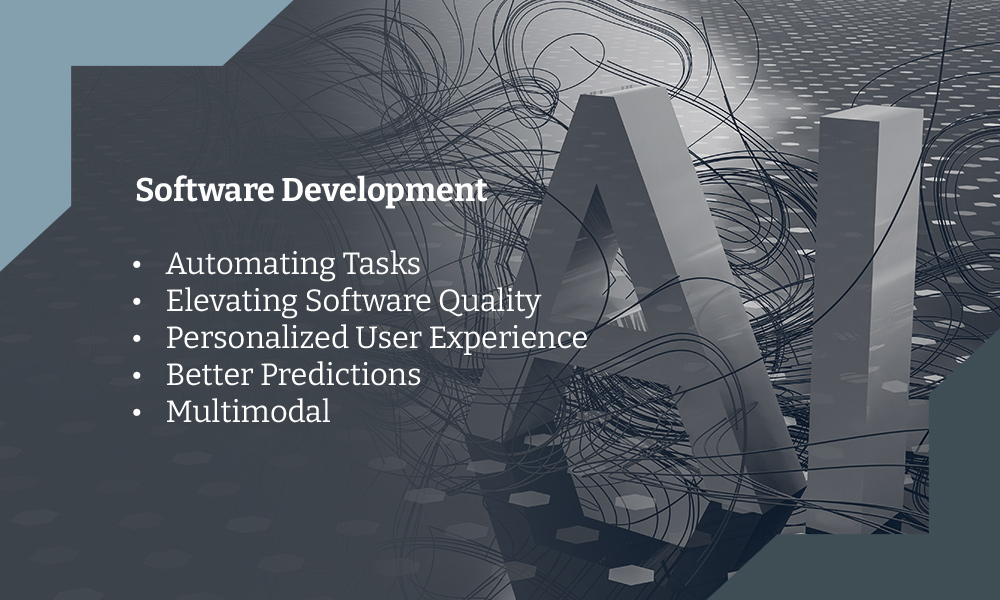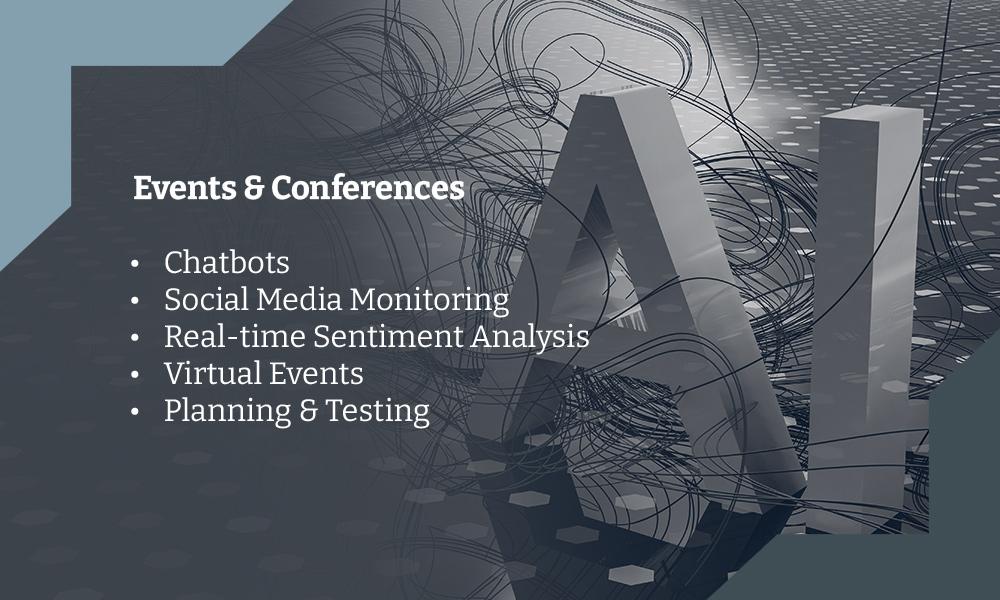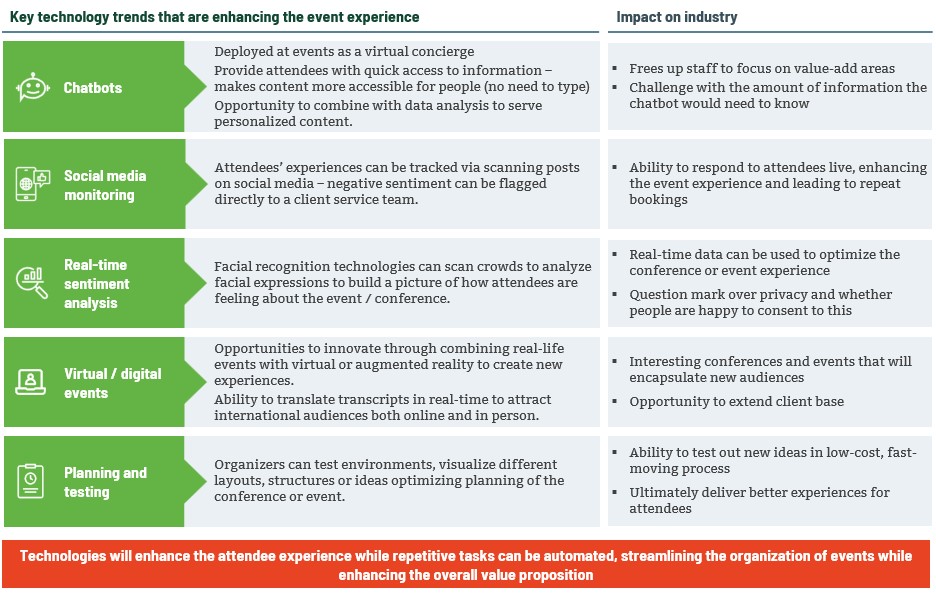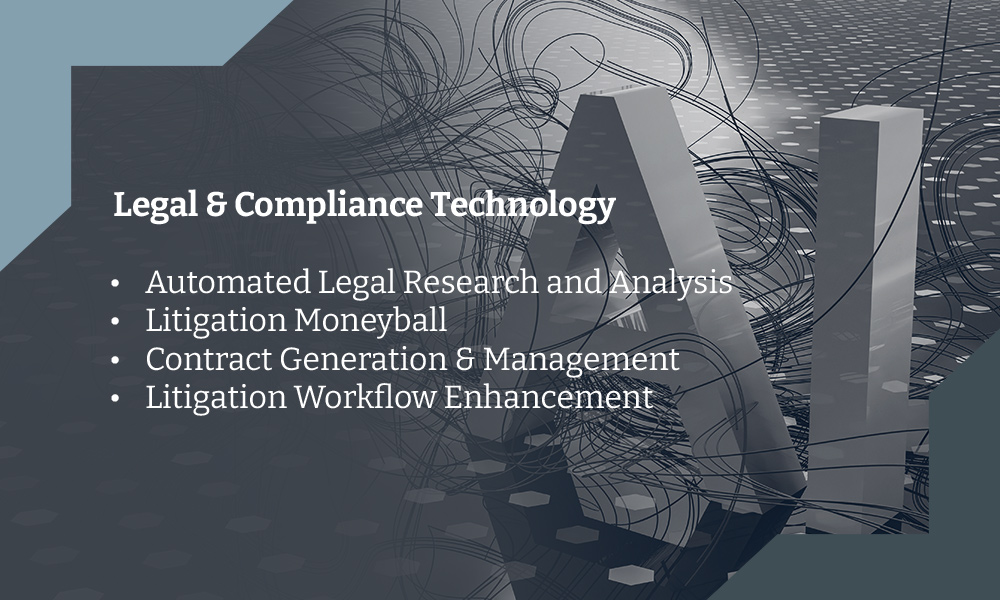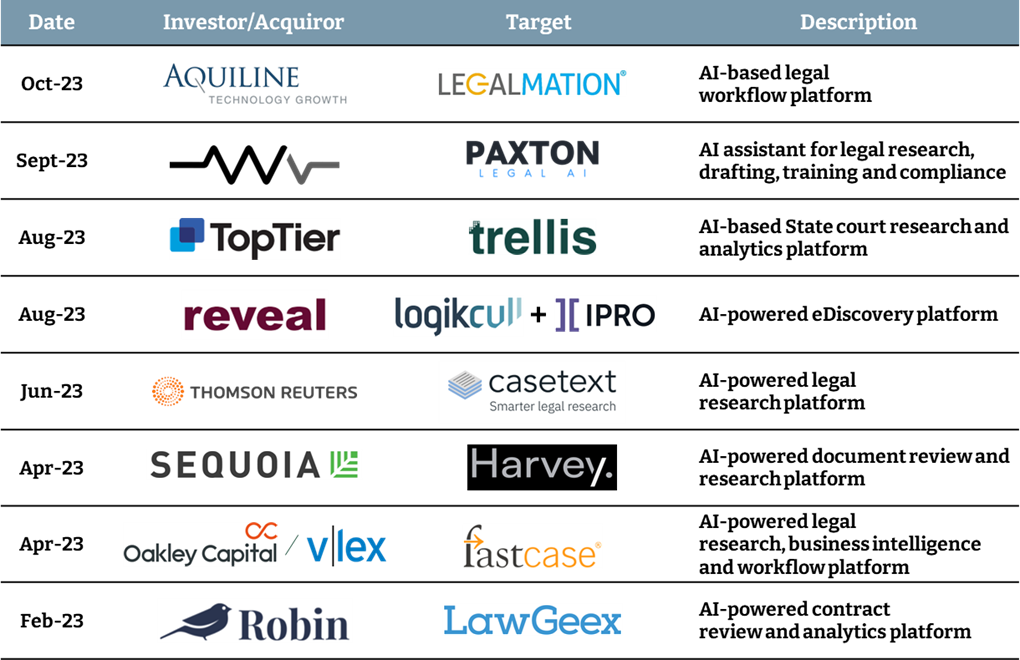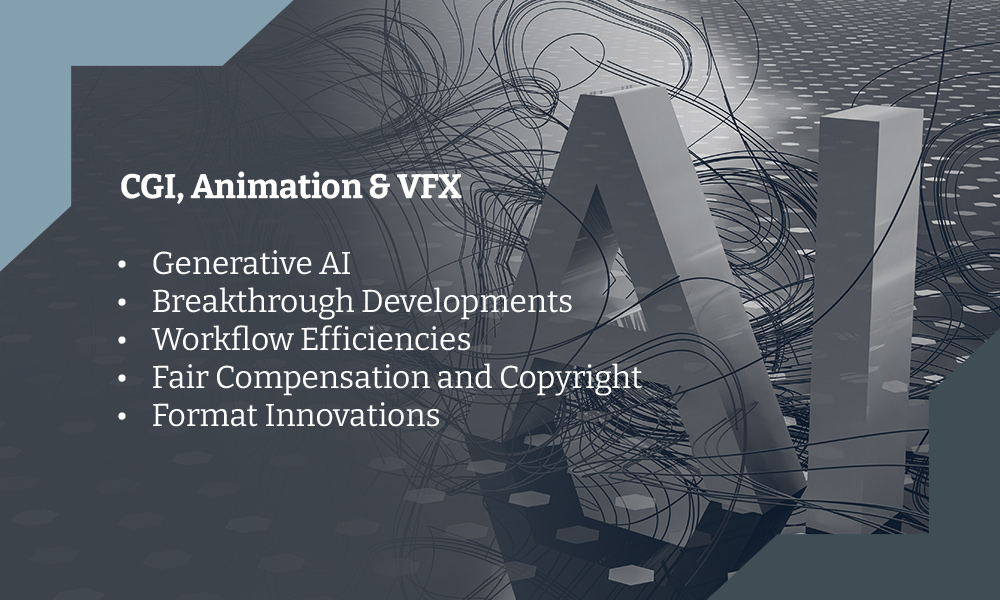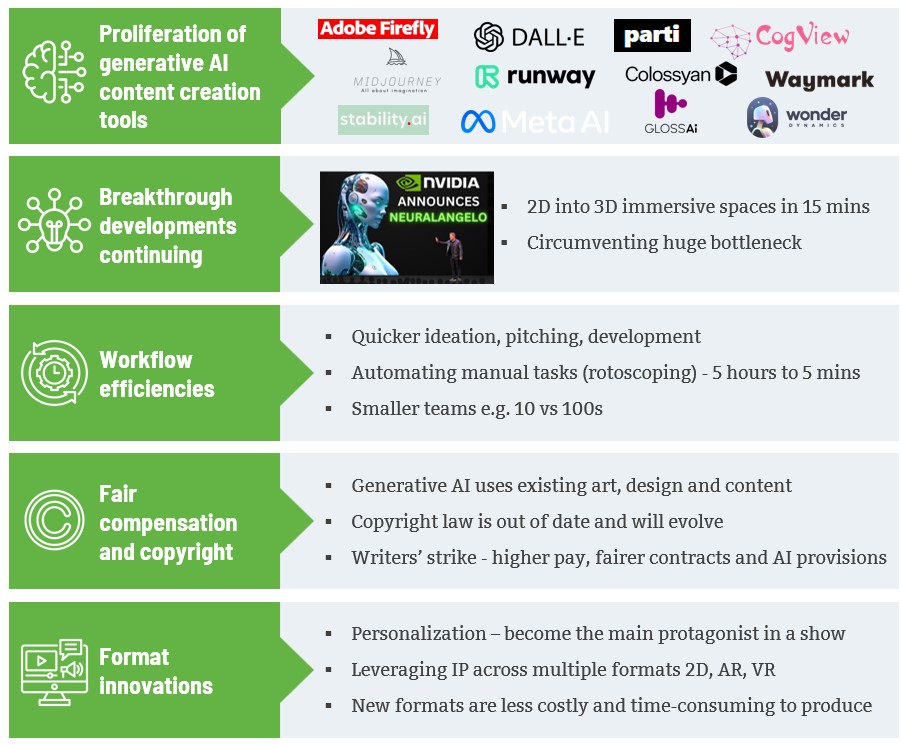AI-volution | The unfolding story Software Development
Authors: Jonathan Davis (Partner, EMEA), Kevin Moore (Managing Director, US), Daniel Hart (Vice President, EMEA)
In the ever-evolving landscape of technology, Artificial Intelligence (AI) has emerged as a transformative force, revolutionizing various industries. One of the most notable areas where AI is making a significant impact is software development. With the potential to enhance efficiency, elevate quality and drive innovation, AI is reshaping the way software is conceived, created, and deployed.
Key industry players are recognizing the immense potential of AI and are investing heavily to harness its capabilities.
Investment in AI by Industry Giants
The race to harness AI’s potential in software development is on and industry giants are leading the way. Accenture, a global consulting and professional services company, has unveiled plans to double its workforce of data and AI experts from 40,000 to 80,000. This expansion is backed by a $3 billion investment into its AI capabilities.
Infosys, a multinational corporation that provides IT services and consulting, has introduced Infosys Topaz, an AI-first suite of services, solutions, and platforms. By leveraging generative AI technologies, Topaz aims to transform the landscape of software development. Not to be left behind, Wipro has made a substantial $1 billion investment in digital transformation. Launching an AI-first innovation ecosystem, Wipro has set its sights on training 250,000 employees in AI.
These investments underscore the industry’s recognition of AI’s potential and the commitment to staying at the forefront of technological advancement.
The gradual platformization of AI is very interesting to me. The efforts by Google, Amazon, Salesforce — they’re bringing AI down to a level of not needing to be an expert to use it. … I think the day that any good software engineer can program AI will be the day it really proliferates.”
Kai-Fu Lee, Sinovation Ventures
Key themes that are reshaping the industry
Automating tasks for enhanced productivity – AI is taking over the mundane and repetitive tasks that have long been a part of software development. The process of code generation, testing and deployment can now be automated, allowing developers to focus on more creative and strategic endeavors. Not only does this streamline the development process, but it also translates to reduced costs, improved software quality with fewer bugs and enhanced security. This will result in faster delivery times and more efficient allocation of resources.
Elevating software quality with AI – Buggy software can lead to disastrous outcomes, both in terms of user experience and reputation. AI has the capability to identify and rectify bugs, ensuring a higher quality end product. Moreover, AI can make recommendations for better coding practices, optimizing the software’s performance.
This not only reduces the risk of software failures but also enhances the user experience. The lowered barriers for new developers to enter the market will also benefit small and medium-sized enterprises (SMEs), expanding opportunities for growth and further democratizing the use of AI in software development.
Personalized user experience through AI – Gone are the days of one-size-fits-all software. AI empowers developers to personalize software for individual users. By analyzing vast data sets, including user preferences and behaviors, AI can recommend features, functionalities and even tailor the user interface. This results in an improved user experience and leveled playing field to deliver bespoke software solutions.
Predictive insights for informed development – AI’s predictive capabilities are invaluable for software developers. By analyzing trends and forecasting future developments, developers can incorporate AI assisted predictive logic into code to help make informed decisions and plan ahead. This not only enhances the return on investment but also mitigates the risk of obsolescence. Software projects can adapt and evolve in tandem with technological shifts, ensuring long-term relevance.
Multimodal methods: bridging the gap – The industry is witnessing a shift toward multimodal technologies that enable software development based on visual representations like drawings or wireframe blueprints, rather than solely relying on text and language-based interfaces. This innovation, with an increasing assist from AI tools, opens new doors for less technically skilled teams, fostering greater collaboration between various stages of development. The barriers between various development teams are being dismantled, leading to agile, streamlined processes from inception to the final product.
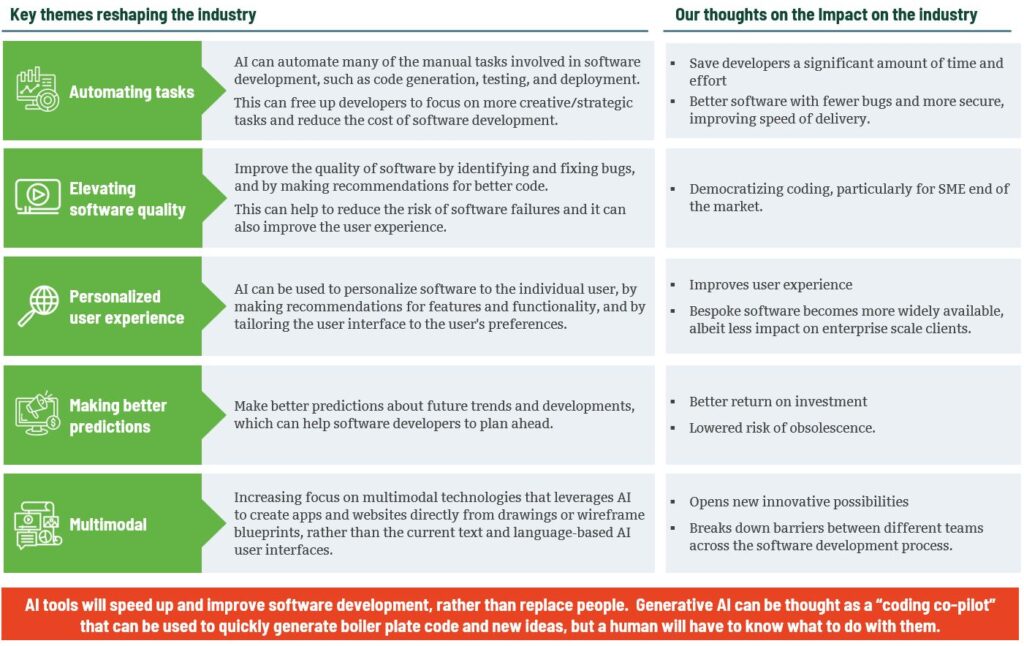
AI’s Co-Pilot role: enhancing human creativity
Amid the advancements of AI in software development, a central theme remains: AI is not here to replace human developers, but rather to augment their capabilities. Think of AI, like OpenAI’s ChatGPT, Amazon Q or Github CoPilot, as a coding AI assistant. It aids in generating boilerplate code, offering new ideas and automating routine tasks.
It is essential to note that the human touch is indispensable in understanding how to leverage AI’s insights and adapt them creatively to specific projects. As well as monitor for errors and prevent rogue code from being released.
The relationship between AI and human developers ensures that technology serves as a tool for innovation rather than a substitute for human expertise.
A glimpse into the future
As AI continues to evolve and redefine the landscape of software development, we stand at the brink of a new era. With investments pouring in from industry leaders like Accenture, Infosys, and Wipro, as well as every major enterprise software company, the potential for AI to revolutionize software development is unparalleled.
From automating tasks and elevating software quality to personalizing user experiences and enabling predictive insights, AI is ushering in a new wave of efficiency, creativity, and innovation. Developers are not being replaced by machines; rather, they are collaborating with AI to push the boundaries of what is possible. As we move forward, the harmony between human intellect and AI prowess promises to reshape the world of software as we know it.
We look forward to continuing the conversation as the AI-story unfolds. If you have any queries or would like to have an in depth discussion on this topic or the broader market please Contact us. Our next AI article delves into the world of Technology & Consulting Services.


